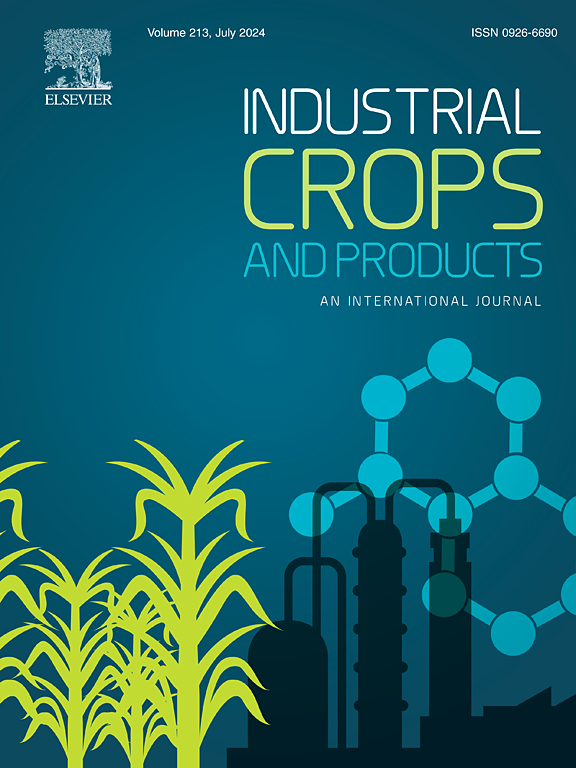老化过程中水和乙醇蒸气对天然软木塞压缩性能的影响
IF 6.2
1区 农林科学
Q1 AGRICULTURAL ENGINEERING
引用次数: 0
摘要
通过准静态和渐进重复加载(PRL)试验,研究了储存条件和时间对天然软木压缩性能的影响。软木立方体暴露于水、水乙醇和乙醇蒸气中3个月和12个月。3个月后,与水(9.6 ± 3.2 MPa)和乙醇(14.3 ± 4.2 MPa)蒸气接触的样品的弹性模量有显著差异。对于与乙醇接触的软木样品,在12个月的储存中,弹性模量值显著降低至6.3 ± 0.8 MPa,而与水蒸气接触的样品则没有明显的差异。从储存3个月和12个月后进行的PRL测试来看,软木在不同的储存条件下表现出不同的储存能量能力。当与乙醇蒸气接触时,减少了~ 40 %,而当与水蒸气接触时,增加了~ 15 %。这导致了一种假设,即在3到12个月的储存期间,与水蒸气相比,乙醇加速了材料的老化,导致软木塞的机械行为发生了变化。本文章由计算机程序翻译,如有差异,请以英文原文为准。

Influence of water and ethanol vapours on the compressive behaviour of natural cork during ageing
The effect of the storage condition and time on the compressive behaviour of natural cork was investigated by performing quasi-static and Progressive Repeated Loading (PRL) tests. Cork cubes were exposed to water, water-ethanol and ethanol vapours for 3- and 12-months’ storage. A significant difference for the elastic modulus was observed between samples placed in contact with water (9.6 ± 3.2 MPa) and ethanol (14.3 ± 4.2 MPa) vapours after 3 months. For cork samples in contact with ethanol a significant reduction of the elastic modulus value to 6.3 ± 0.8 MPa was noted at 12 months of storage, whereas no difference was noticeable for samples in contact with water vapour. From the PRL test performed after 3 and 12 months of storage, cork exhibited a different stored energy capability according to the storage condition. A reduction of ∼40 % occurred when placed in contact with ethanol vapour, whereas it increased of ∼15 % when stored in contact with water vapour. This led to the hypothesis that between 3 and 12 months of storage, ethanol accelerated the ageing of the material, leading to modification in the mechanical behaviour of cork, compared with water vapour.
求助全文
通过发布文献求助,成功后即可免费获取论文全文。
去求助
来源期刊

Industrial Crops and Products
农林科学-农业工程
CiteScore
9.50
自引率
8.50%
发文量
1518
审稿时长
43 days
期刊介绍:
Industrial Crops and Products is an International Journal publishing academic and industrial research on industrial (defined as non-food/non-feed) crops and products. Papers concern both crop-oriented and bio-based materials from crops-oriented research, and should be of interest to an international audience, hypothesis driven, and where comparisons are made statistics performed.
 求助内容:
求助内容: 应助结果提醒方式:
应助结果提醒方式:


